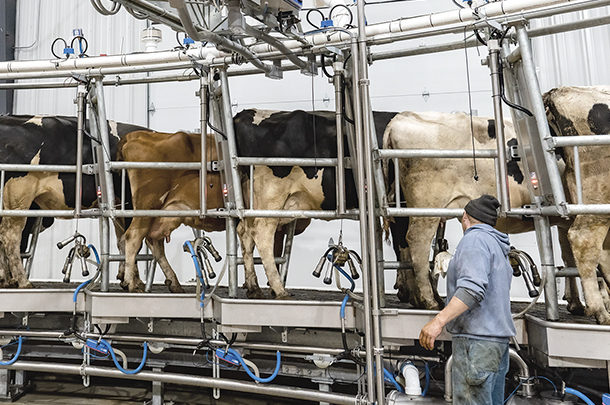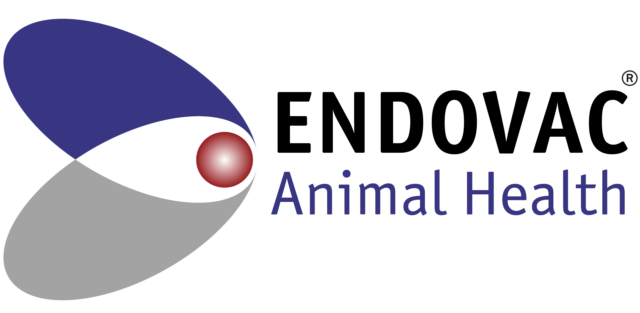The labor shortage facing the dairy industry today has created new urgency for producers to be efficient. Automation is no longer nice to have; it is necessary to stay competitive.
Rotary parlors must be in that conversation. Long considered a technology for large operations, small- and mid-sized dairies can today recognize a significant return on investment through savings in labor and milking efficiency with a rotary. Surveys of our dealers showed an increase in interest in rotary parlors. We found that a rotary milking parlor is looked upon fairly favorably at the moment and probably into the future by what we call a medium-size to somewhat smaller-size operation. Rotary parlors provide milking efficiencies in two areas: operator flow and cow flow.
Milking efficiencies: Operator flow
Operator flow in a straight parlor puts a number of responsibilities on the milker that involve moving throughout the parlor, such as letting cows in, sequencing and letting them back out. The milker moves from stall to stall, milking over five or six positions in the barn.
With a rotary parlor, you have a few people standing in one area, performing one task. The person does not move; the rotary moves. In that way, the rotary parlor, rather than the milker, sets the pace. It is like a job shop manufacturing system versus a conveyor belt assembly line.
Walking and changing roles take time. Time is money. Footsteps and waiting are productivity's biggest enemies.
Milking efficiencies: Cow flow
For the cows themselves, the rotary parlor system is more comfortable, and comfortable cows are productive. Calm cows milk faster, and they milk better. Cows can learn quickly how to load onto a rotary parlor, and from there it is steady, automatic and relaxed motion. Milkers stand in one place while the cows move at a steady pace.
Labor savings create return on investment
Labor savings with a rotary parlor can be significant for small- or medium-sized dairy operations. Let’s look at two scenarios for a 600-cow operation with three shifts of two milkers.
The first scenario uses a double-10 parallel at five turns an hour. The shifts will be about six hours each, 36 hours total for the day. With base pay and additional employment costs, that comes to about $720.
The second scenario uses an internal 24-stall rotary. The new efficiencies allow seven turns an hour with the same milkers. That drops the shifts to about four hours each, which comes to $480 for the day.
The rotary system has cut costs by about one-third. Savings of $240 per day, or $87,600 per year, can offer a significant boost to a dairy. A rotary dairy is ideal for any labor condition and allows flexibility. You can choose to cut your staffing needs and costs while milking the same number of cows as before, or you can expand and milk more cows with the same staff.
Considerations in purchasing a rotary parlor
There are several factors to consider when deciding whether to upgrade to a rotary parlor. It is an investment that sets up an operation for the future, so having a good handle on your goals for the dairy over the next five to 10 years is important, and that can include the goals of the next owner, if there is a succession plan on the horizon.
Another factor is how you want to use your staff. Is your plan to have your parlor staff milk cows only? Do they just come in and milk cows, or do you want to use them for cleaning activities, fieldwork or other chores around the farm?
Next is the labor market in your area. Are there enough people to fill the roles you have? Do you want shorter shifts? Internationally, and particularly within our marketplace, there's extreme pressure on labor and labor supply, and consistent labor supply is one thing that is pushing the agriculture industry pretty hard.
Whatever the reasons, the fact is that the thinking on rotaries has changed. We now are seeing that the internal rotary is becoming a more common or viable solution in the eyes of producers today, simply because it caters to people who have the smaller herds, herds that are under 800 cows. This is different than thinking that rotaries are only for larger herds of a thousand cows or more.
The industry evolved over the years to create multiple solutions for dairy producers. The unique needs of today are driving greater adoption of those solutions to dairies of all sizes.






